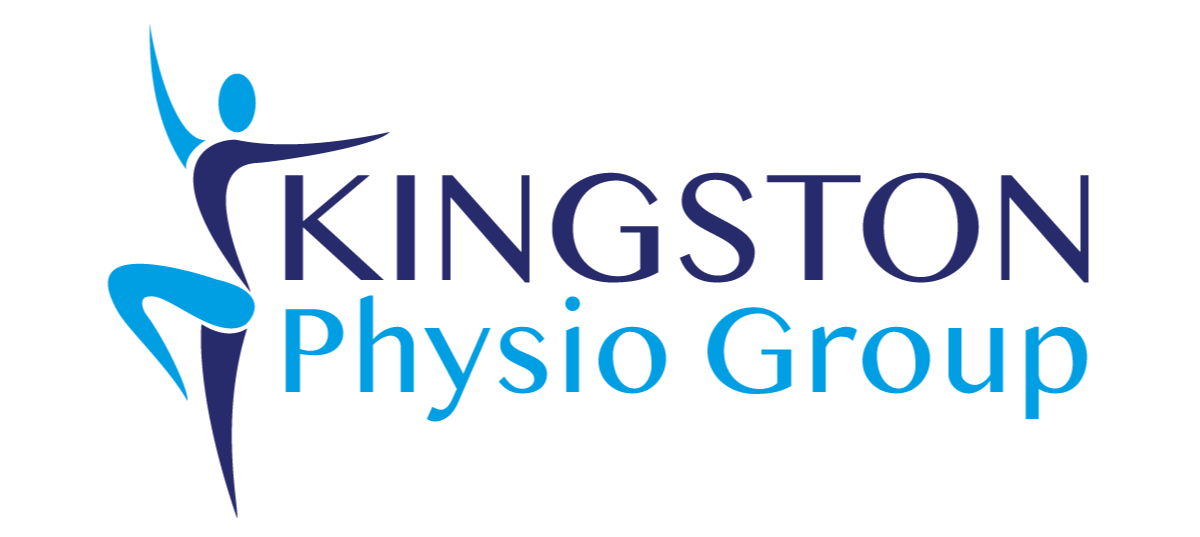Explanation:
Jaw-related problems are usually referred to as temporomandibular joint disorders. The temporomandibular joints are located on both sides of the head just in front of your ears, where the lower jaw bone (mandible) meets the skull.
The joints allow you to open and close your mouth and move it from side to side or backwards and forwards. These movements are brought about by muscles that surround the joints. Pain in the lower jaw is usually due to temporomandibular joint dysfunction (TMJD), where the jaw joint does not open or close correctly.
Signs and symptoms of early TMJD include primarily excessive muscular activity and pain, disturbed chewing habits, clicking, catching or locking of the jaw, and limited motion of the joints.
Causes:
Jaw pain can be caused by a number of things including:
- arthritis
- fractures
- dislocations
- forward head posture
- teeth grinding and clenching (often when you are sleeping or stressed)
- whiplash injuries
- incorrect biomechanics (movement dysfunction)
- can be referred from another structure to the jaw, for example from your neck muscles
- structural issues in the jaw that you were born with
Treatment:
Physiotherapy can help treat jaw-related dysfunctions by implementing a broad range of treatments including:
- mobilisation and stretching techniques to restore normal joint mechanics in order to allow full, pain-free movements of the mandible
- soft tissue techniques including myofascial release techniques, trigger points and massage to relax contracted muscles and alleviate pain
- patient education on good body mechanics, postural control, and correct body positioning for maximum relaxation of the cervical spine and masticatory muscles
- retraining exercises to overcome spasm and incoordination of the mandibular muscles and to increase muscle strength
- treatment may also include the use of ultrasound, electrical stimulation and relaxation techniques.
See also - Jaw Pain, Shoulder, Elbow & Forearm, Wrist & Hand, Pelvic Pain, Hip & Groin, Thigh, Knee, Shin, Foot, Head & Neck, Upper Back/Thoracic Spine, Lower Back, Buttocks, Calf & Achillies Tendon, Ankle

